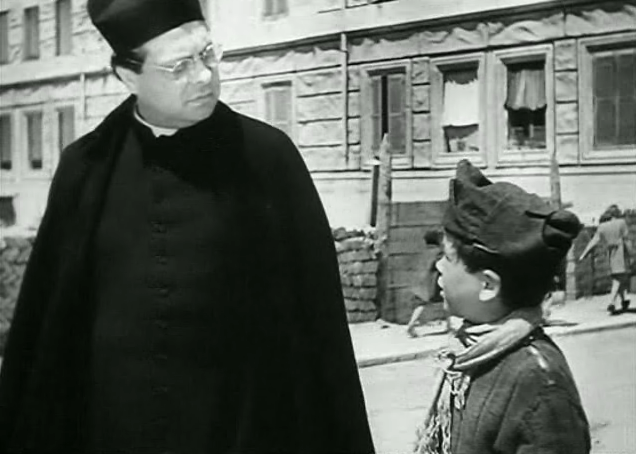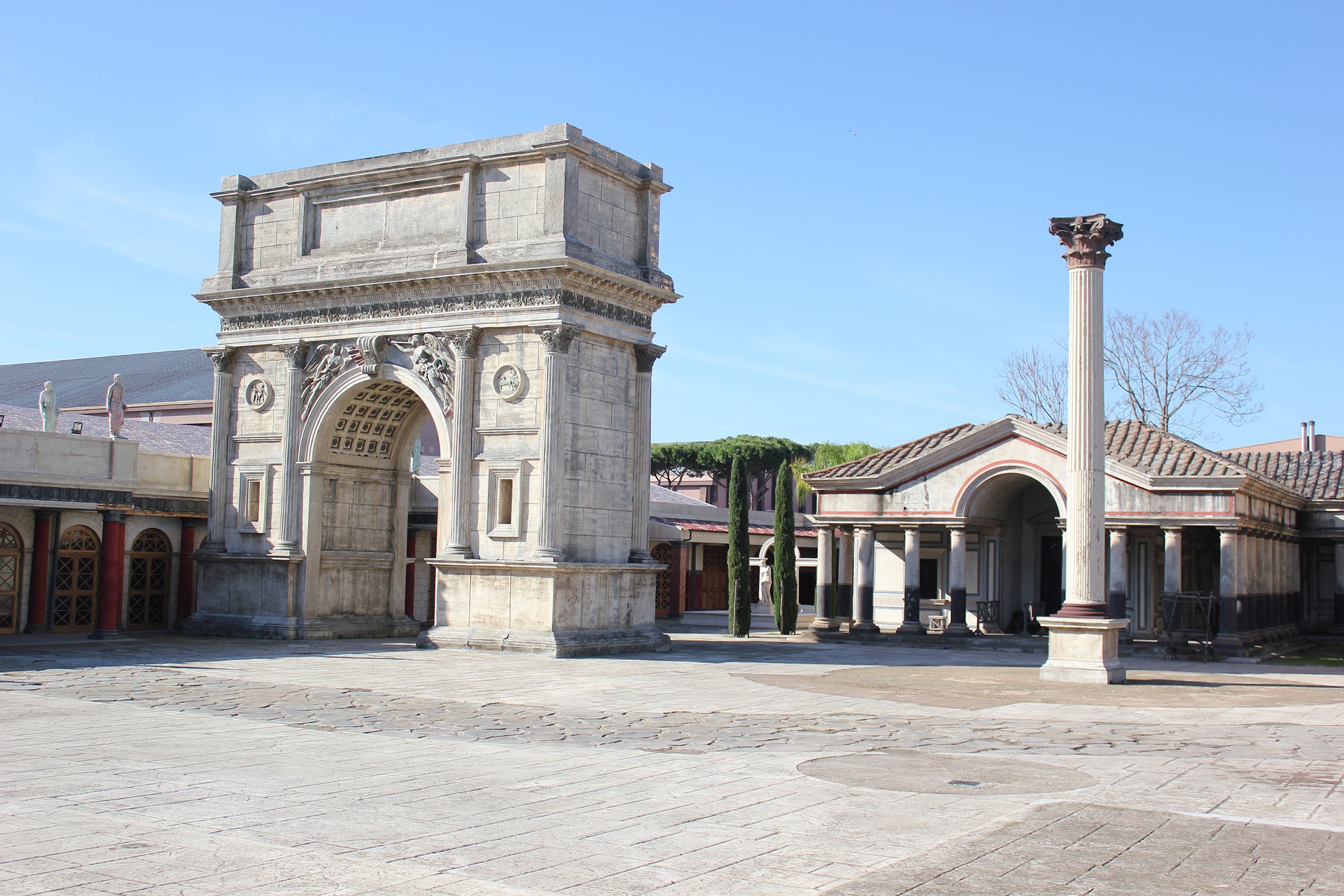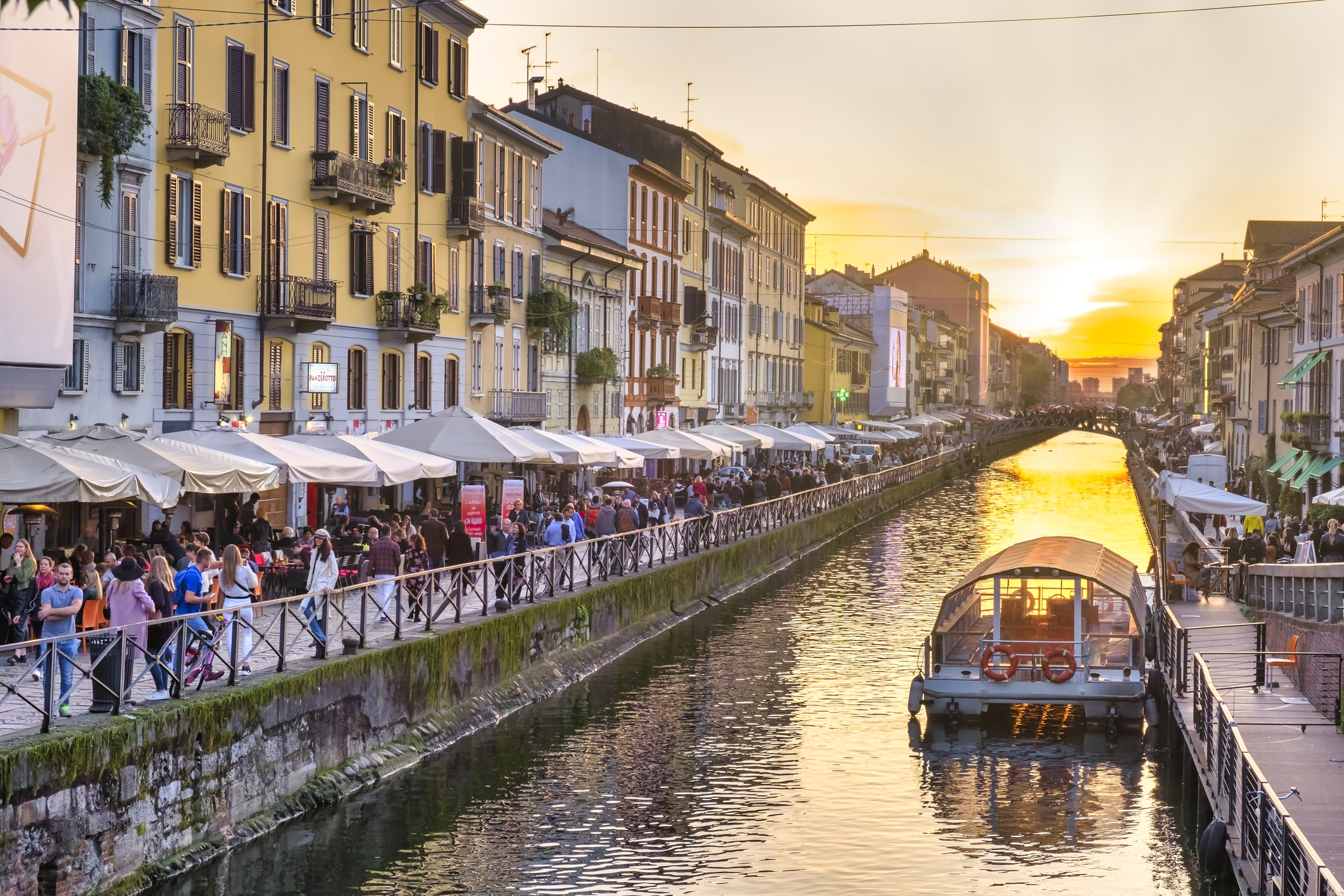“Oh, it’s not hard to die well. It’s hard to live well.” These are the famous words pronounced by the priest Don Pietro Pellegrini (played by Aldo Fabrizi) at the end of Roberto Rossellini’s “Roma città aperta” (“Rome Open City”), today still powerful and touching lines.
The movie was shot a few months after Rome was liberated from the Nazi occupation, with a very little budget, non professional actors as well as well trained actors, and scavenged film stock. The premises weren’t great, but the result turned out to be incredibly successful: the movie in fact became a landmark in the world movie scenery and brought Italian Neorealism to world-wide attention.
Recently even Pope Francesco expressed his admiration for “Rome Open City”, a movie that still touches consciences and inspires hope.
Until last year, it was only possible to watch the movie in poor-quality prints, but then the Cineteca Nazionale – Fondazione Scuola Nazionale di Cinematografia, Coproduction Office and Istituto Luce Cinecittà – restored it in a new digital version now available to the public.
The movie opens in an occupied Rome, an “open city” after 14 August 1943, where German SS troops are trying to arrest the engineer Giorgio Manfredi, a communist and a leader of the Resistance against the Nazis and Fascists, who is staying in a rooming house. Eventually his pregnant widow Pina (the amazing Anna Magnani) is about to marry his husband’s friend Francesco, while her older son, Marcello, is an altar boy secretly part of a children’s underground army. The priest Don Pietro helps his community but is also part of the Resistance. In the end, the betrayal that hits the community it’s represented by a young woman who tells herself she no longer loves anyone.
The story was based on real stories happened during World War Two in Rome and the famous scene in which Anna Magnani is murdered by machine-gun fire as she runs after her fiancé, was inspired by the shooting of a pregnant mother of five in front of her husband.
The script was written by Sergio Amidei, but at the time a young Federico Fellini contributed with gags and humorous dialogue which enriched the movie with human vitality. The movie, although, is also full of drama and the contrast between everyday life moments, their humor and then the final brutal killing brings the spectator deeper into the film’s hopeful message and its insistence not to look away from the violence that is being shown: Pina’s son, Don Pietro and a crowd of neighbors witness her murder; the Nazis make Don Pietro observe Manfredi’s death; and the children’s army forms an audience for Don Pietro’s execution.
The result is a brilliant and capturing sense of history and life, as if what Rossellini filmed was real and intensely perfect in its drama and sadness.
In Italy the film became a box-office success, and it was a great hit in the U.S. At the Cannes Film Festival, it won the Grand Prix and for the directors of the French New Wave, Mr. Rossellini’s work became an essential touchstone. “All roads lead to Rome Open City,” Jean-Luc Godard wrote in 1959.
Today, it is surprising that after 70 years, “Rome Open City” is still a vivid work of art able to move, shock and enchant viewers through its indelible images that live in the heart of everyone: children silhouetted in the darkness in front of an explosion; the flowing cassocks of Don Pietro and Marcello as Marcello is pulled kicking and screaming away from his mother’s body; the prophetic slaughter of the two sheep seen through a restaurant window; the boys embracing as they walk away from Don Pietro’s execution, toward a brighter future.
Born of wartime trauma and a desire for unity in the new Italy that would come, “Roma città aperta” hasn’t still lost its power.































